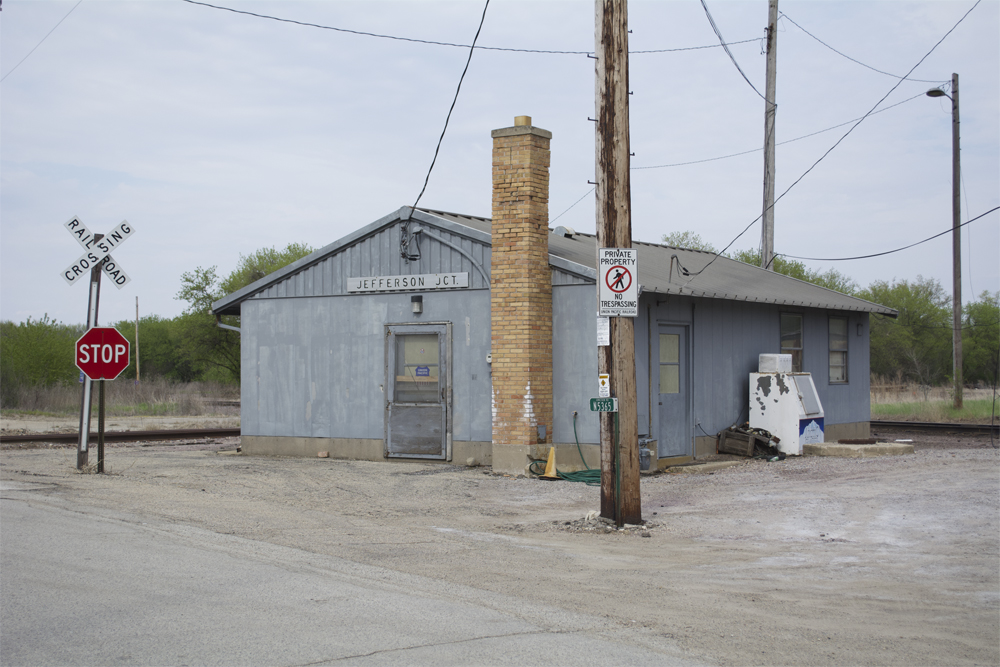
I’ve always had a soft spot for small stations. One such example can be found about 30 minutes west of Model Railroader’s Waukesha, Wis., headquarters in Jefferson. Just north of the city of 8,000 is a location on the Union Pacific (UP) called Jefferson Junction. When the Chicago & North Western (C&NW) operated the line, […]
Read More…
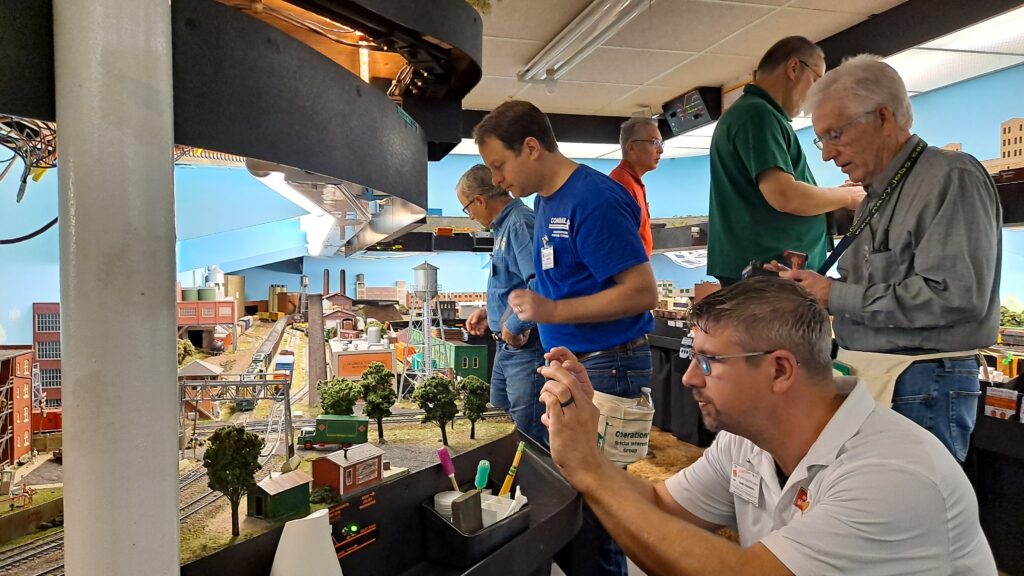
What is an operating weekend and how does it work? Answer: Well, a group of layout owners who live somewhat near one another decide they want to have folks from out of their area come run their layouts. Organizing an operating weekend But there’s more to an operating weekend than inviting people over to run […]
Read More…
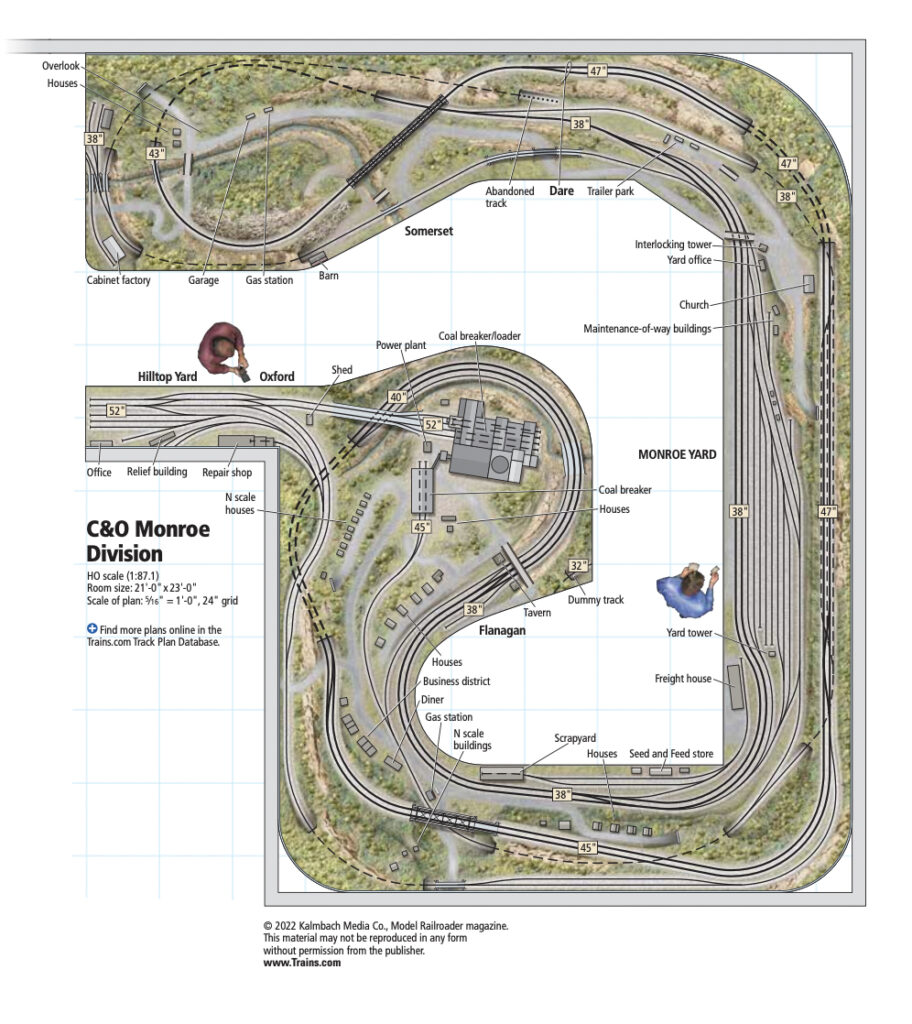
Facts & features Name: C&O Monroe Division Scale: HO (1:87.1) Size: 21 x 23 feet Prototype: C&O, Chessie System Locale: Appalachia Era: late 1960s-early ’70s Style: walk-in Mainline run: 150 feet Minimum radius: 30″ (main), 24″ (other tracks) Minimum turnout: no. 6 (main), no. 4 (other tracks) Maximum grade: 2.5 percent Benchwork: L-girder Height: […]
Read More…
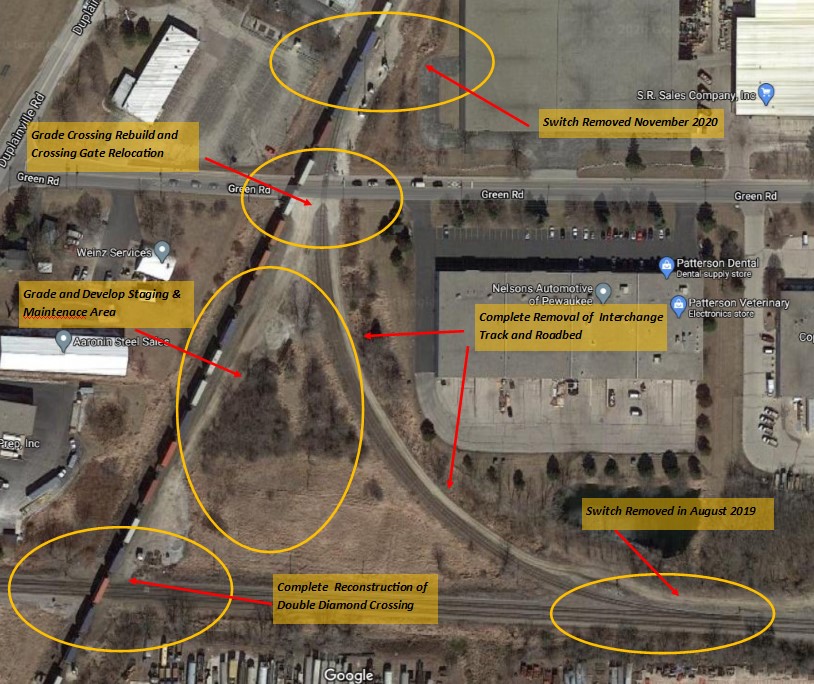
Duplainville, Wis., about 18 miles west of Milwaukee, was developed around 1848. A predecessor of the Milwaukee Road began building a new main line west toward Portage, Wis., running through Duplainville about 1855. The Wisconsin Central (Soo Line) built south from Rugby Junction to Chicago in 1885, crossing the Milwaukee Road at Duplainville. The crossing […]
Read More…
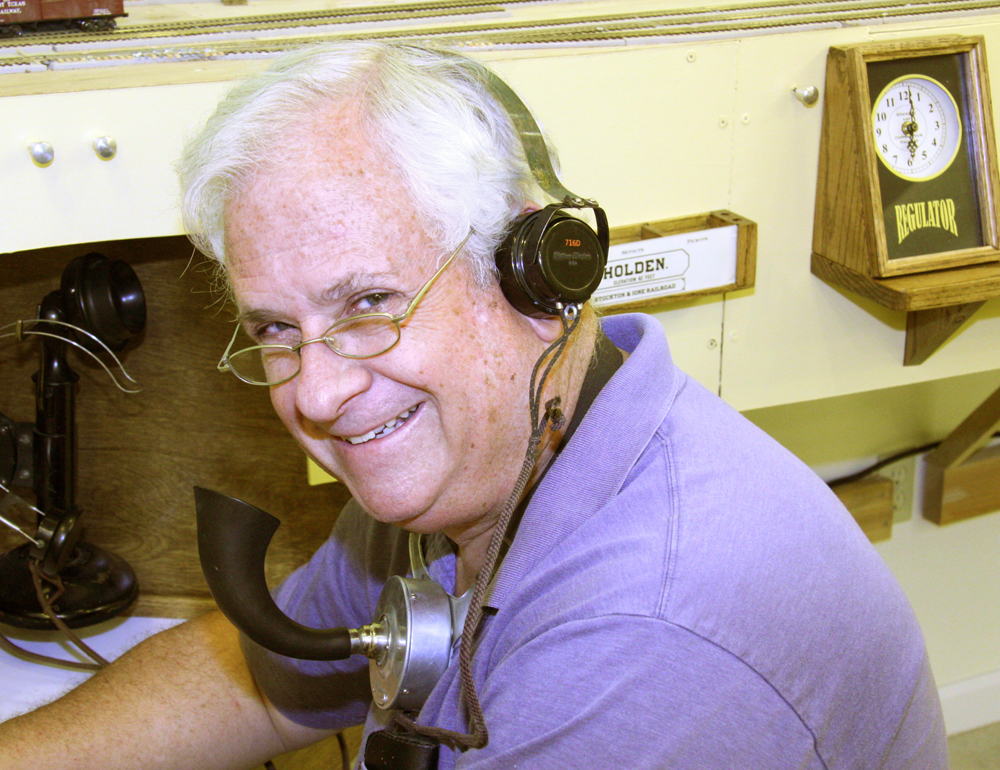
Don Ball model railroad images Don Ball model railroad images: Don Ball, a contributor to Model Railroader and Model Railroad Planning magazines, died on January 21, 2022 at his home in Blue Springs, Mo. He was 73 years old. Through the pages of our magazines, Don shared his passion for modeling the 1890s. He […]
Read More…
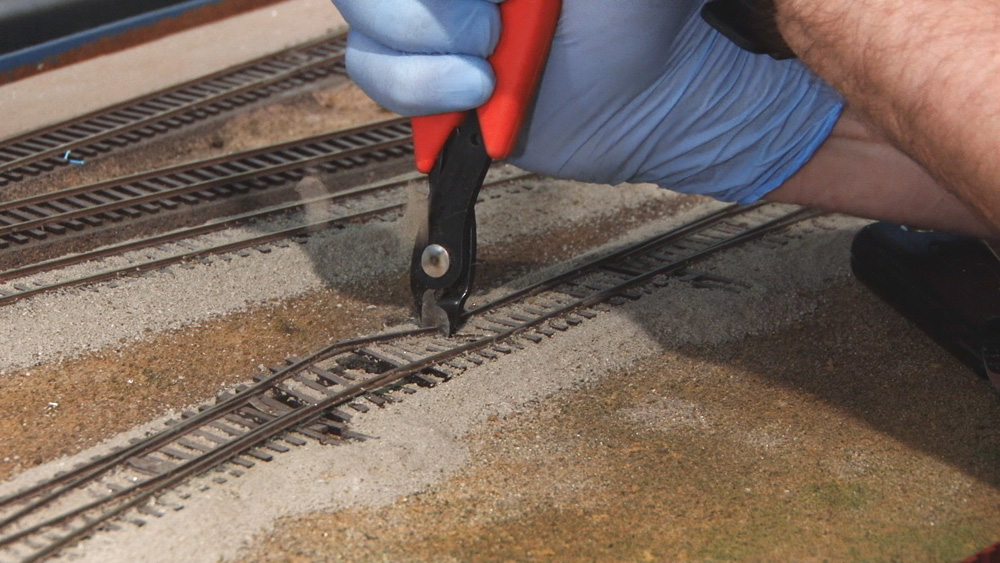
Buying used track: You’ve heard the old saying, “a penny saved is a penny earned.” Well, for model railroaders – as tempting as it sounds – saving money by buying used track may not be the bargain it seems. Repurposing a few pieces of track might help you purchase another boxcar or perhaps a few […]
Read More…

Hosting a virtual operating session is change. During a thoughtful dinner conversation, a friend quipped: “Count on two things. People always complain about the way things are and they always complain about change.” But our hobby numbers remarkably resourceful people who do change. When COVID-19 protocols had people hunkering down, operating sessions began to reappear, […]
Read More…
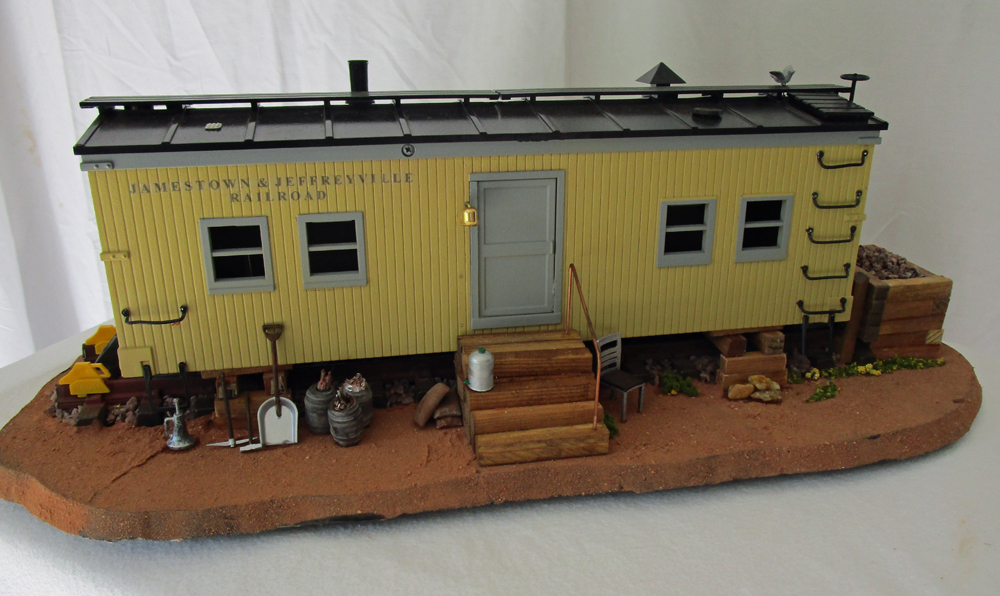
I like to spend my Saturday mornings going to garage sales. Occasionally I find something I can use for my large-scale railroad. At one sale, I found a damaged Christmas Workshop sold by USA Trains. I paid the dollar asking price and brought my prize home. I had recently kitbashed a yardmaster’s office from […]
Read More…
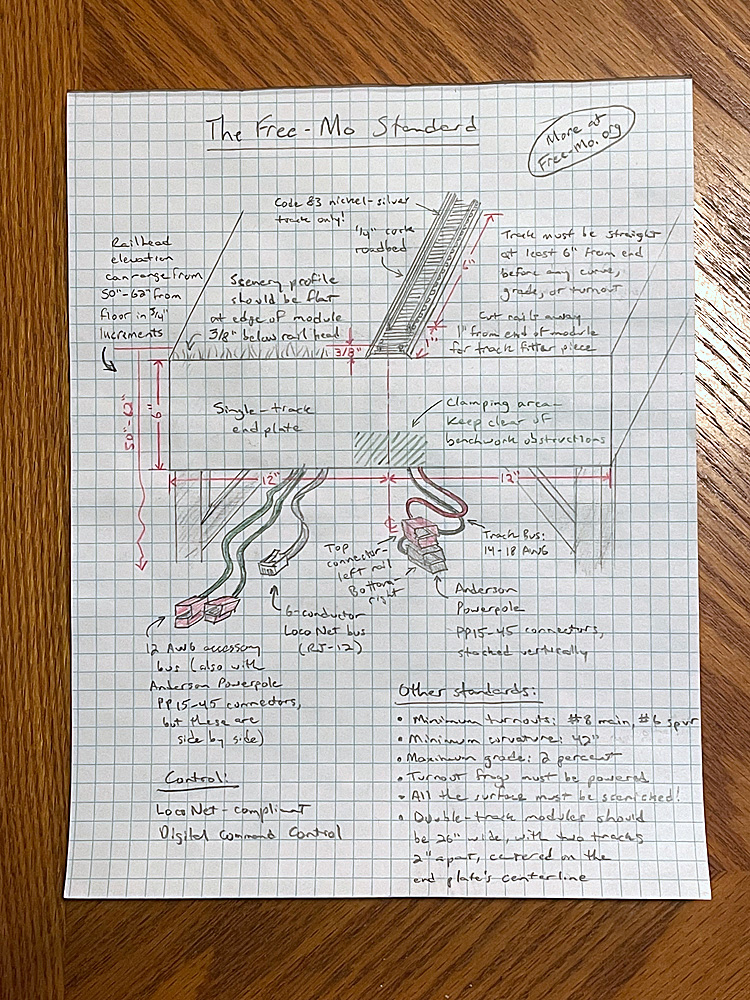
There are several modular model railroading standards out there, but one you might have heard more about recently is the Free-Mo modular standard. Like most modular standards, the Free-Mo modular standard lets you build a section of model railroad that will connect and operate with others built to the same standard. The cool thing about […]
Read More…
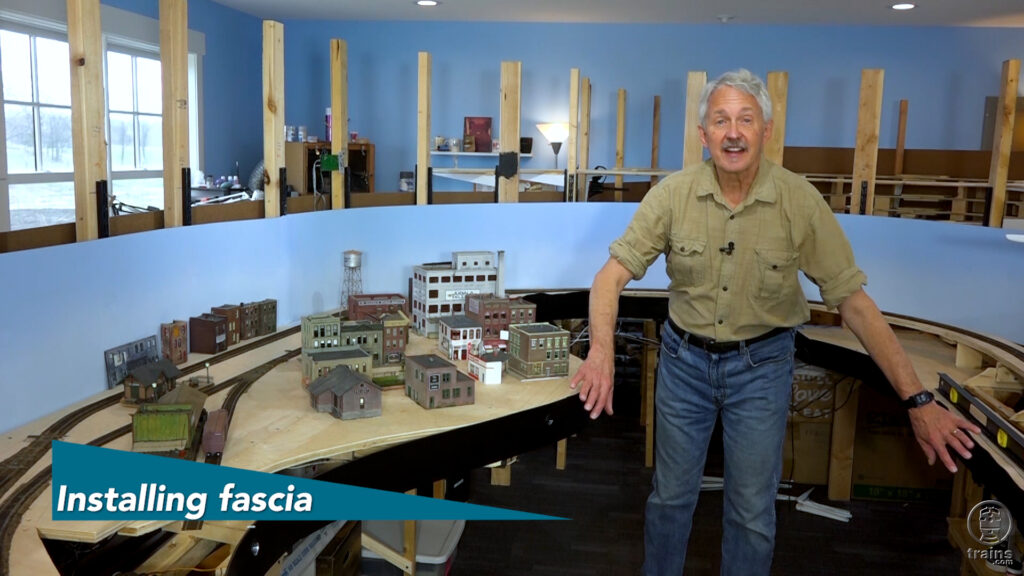
It’s a new year with new progress on Gerry Leone’s all-new HO scale layout. Of course, that means a new season of construction videos gets Back on Track right now! In this episode, you’ll see how our host made quick work of his hardboard fascia installation. While work on his upper deck isn’t quite as […]
Read More…
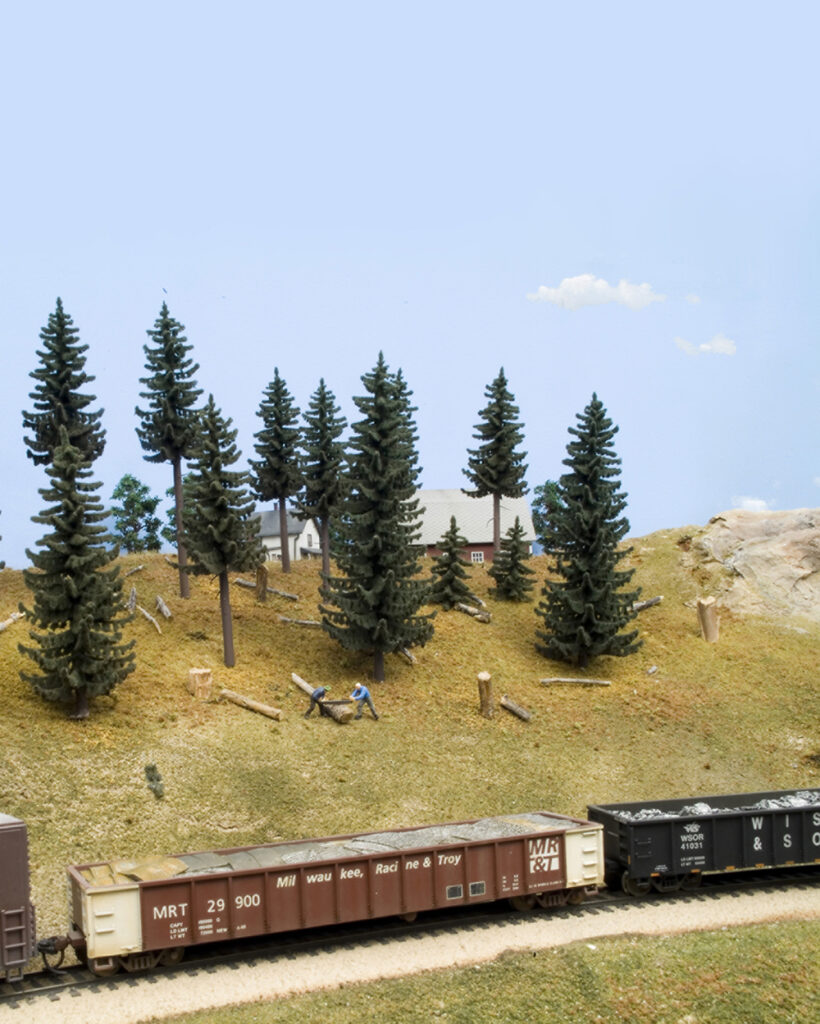
Visual trickery has been part of model railroading for many years. John Allen used mirrors on his HO scale Gorre & Daphetid to make scenes appear deeper than they really were. John also made inches appear like miles on his model railroad using structures and scenery to create the illusion of distance, a technique known […]
Read More…
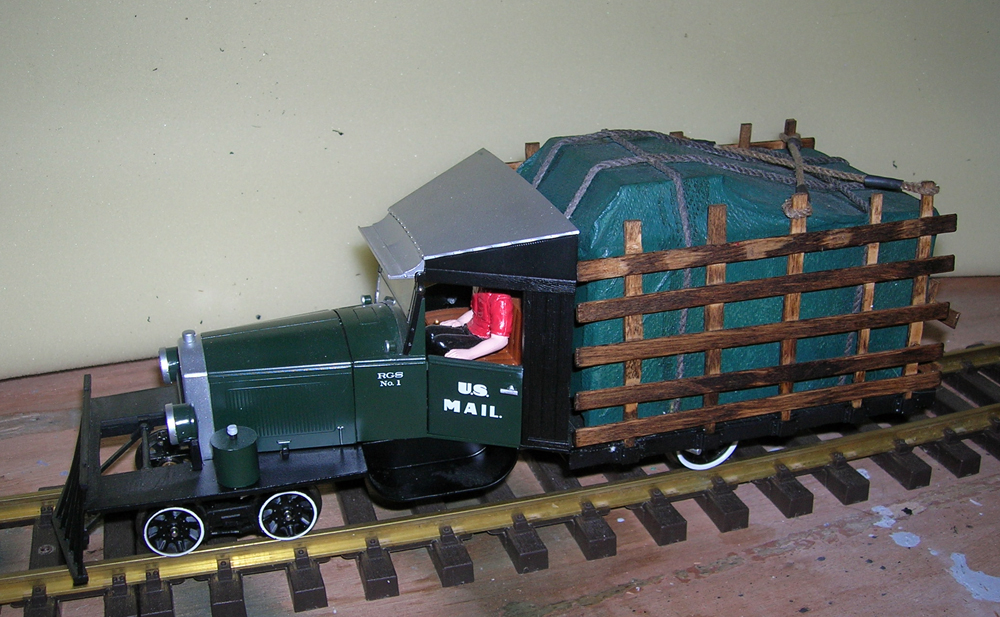
I bought a second-hand Bachmann rail truck at a good price and wanted to convert it to battery power and radio control. I needed access to an on-off switch, fuse holder, charging plug, volume control, and programming jack. The truck is small and limited as to places to add these items, so I decided […]
Read More…












